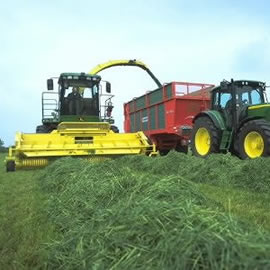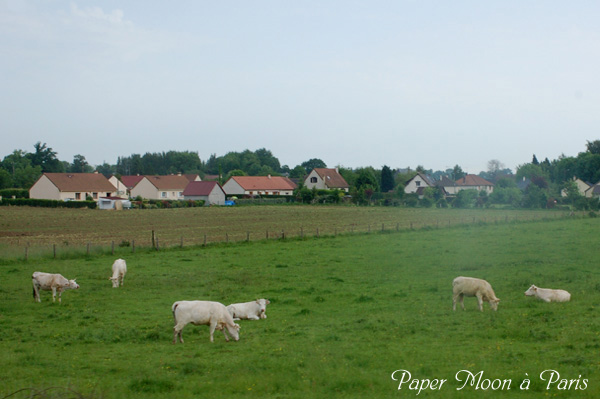Technology
In farm products import and agricultural methods and agricultural administration, the situation of the lack and surplus in the Japanese agriculture were created. This shows a skewness of the agriculture production capacity structure of our country or a weakness. In addition, a skewness and the weakness of the production capacity structure of the agriculture influenced an aspect of the management and brought down of increase and the agriculture work force of the farmer with a side job. Besides, the remarkable progress of the unification of the management, the mechanization and chemistry caused problems such as destruction of nature of the land, pollution, animal husbandry pollution, the environmental disruption of farm products, healthy destruction, entrenchment of the oil dependency type agriculture, the mechanization poverty. Such a situation shows the critical situation of the Japanese agriculture. Therefore, the development of the future agriculture must begin from improving such situations.
Primarily it is necessary to change partial technical development and make general entire surface technical development. The technique in rice growing, stock raising and fruit or the vegetables which was placed to the growth crops under the rapid economic growth and faced an excessive problem developed very much today. On the other hand, the technique in wheat and a soybean or forage crop, the cereals which was excluded from the growth crops and continued declining was delayed and declined. Therefore, in the future technical development, it is necessary that Japan pours the effort that we paid to rice growing into wheat, soybean, forage crop and cereals.
Second it is necessary to perform technology development for energy saving. As energy saving, as for one, there is the effective use such as solar energy and wind and water and terrestrial heat or the waste heat. As for the others, there is the reduction of manure and the pesticide, limit for a production organization doing the overinvestment to an agricultural machine. For example, the compost-type restroom processing feces and urine has been already spread practical use, and the making of vegetables which used a craze for compost begins.
↓an energy saving-agricultural machine which is made in these days.

Biotechnology
In Japanese agriculture in the future, it is very important to bring about the new technique that the history of the conventional agriculture did not have. Therefore one useful technique is biotechnology. The biotechnology is expected to bring great contribution with improvement of the quality of farm products and increase of the amount of production.
And the recombinant DNA technology by the biotechnology is a technique to take the gene part which had information out of a certain creature and incorporate it in the gene of other creatures and create useful creatures or incorporate it in the gene of the microbe and multiply it and let a useful material produce it. As for a future application possibility, there are the development of the plant which does not need nitrogenous fertilizer, the expansion of the cultivation right area by giving the stress-resistant such as halotolerance and cold resistance and drying characteristics-resistant, improvement of the photosynthesis ability, growth stimulation and the becoming gigantic of the plant, development of the animal medicine.
↓the plant that was genetically modified

I wish Japanese agriculture develops more than now.
Thank you for watching my blog!
See you!


